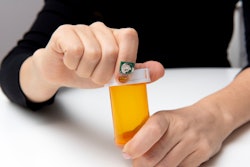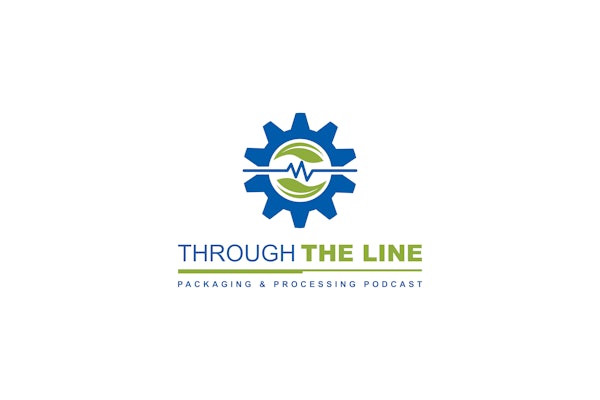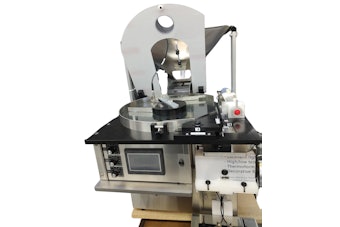
Opioid Wristband / Image: Carnegie Mellon
A recent TechCrunch article discussed an innovative wearable medical device that could save lives. A team of students at Carnegie Mellon developed a wristband that monitors blood oxygen levels to determine if an opioid user is overdosing. The device is called HopeBand, and it can sound an alarm, flash red lights, and send out a text message alert to with the wearer’s current location if it detects low blood oxygen levels. Early detection gives hope of reversing the overdose with naloxone. The prototype may look crude, but the team hopes to fine-tune the design and offer the life-saving band for ~$20.






















